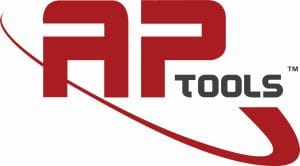- Joined
- Feb 21, 2022
- Messages
- 769
Setting the cutting diameter of a 90 degree countersink or spot drill can be a pain, especially if the tool has no sharp point. This setting tool automatically compensates for the missing point on the tool. By using this theoretical sharp point, the depth can be confidently set to 1/2 the required countersink diameter. This will give the correct top diameter required.This principle can easily be adapted to other angles with a little trig.
I did post this elsewhere but I can't find it. Apologies if it is duplicated.
I did post this elsewhere but I can't find it. Apologies if it is duplicated.



